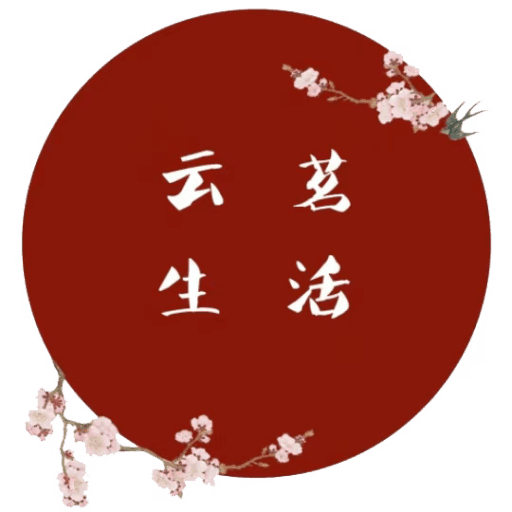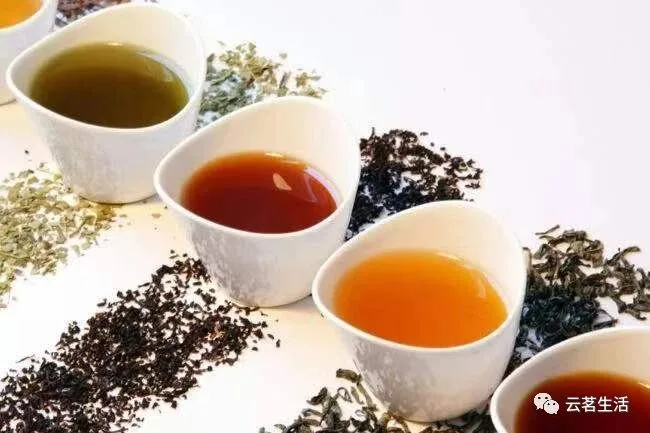
Many people like Pu’er tea, but they are not very clear about the quality of the Pu’er tea they are actually drinking. Today, let’s talk about it! 01Looking at the leaves: When you open a cake of Pu’er tea, the first thing you actually notice is the leaves. There is no concept of true or fake Pu’er tea; there are only differences such as famous mountain origins versus ordinary mountains, ancient tree tea versus small tree tea, ecological tea versus cultivated tea, aged tea versus new tea, pure tea versus blended tea, and spring tea versus autumn tea. Of course, it can be confirmed that if you cannot see the leaves, or if the leaves look poor, the quality of the tea cake is generally relatively low, so you should not consider buying it.The basic characteristics of good Pu’er tea are: plump leaves, good oily gloss, neat and clear appearance, uniform shape, appropriate tightness, and color mainly ranging from greenish to greenish-brown, with a smooth surface. Naturally, as the years pass, the color of the tea cake leaves will change gradually from greenish-green or greenish-brown to brown.
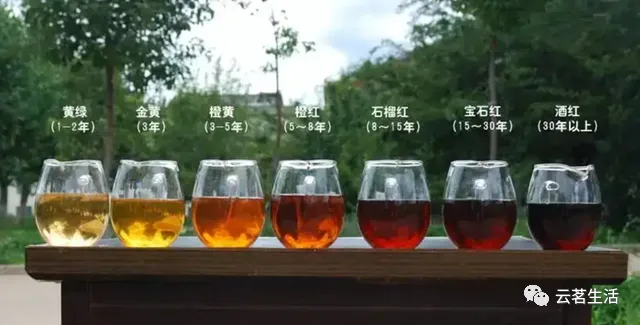
02 Observing the Soup Color As a qualified batch of Pu-erh tea, the most basic requirement is that the tea soup should be clear and glossy. Once the tea soup appears cloudy or dark, it can generally be concluded that the quality of the tea leaves is average. Of course, during the brewing process, tea enthusiasts are advised to gently pry open the tea cake with a tea pick rather than breaking it apart recklessly. This is better for observing both the tea soup and the tea leaves. Generally, new tea is yellow-green or golden in color, and over time, as it ages, the tea soup gradually becomes red and bright. 03 Smelling the Aroma Of course, this involves the aroma of the tea cake when opened as well as the fragrance of the brewed tea. For experienced tea connoisseurs, smelling the tea can indeed be useful; if you are very familiar with a particular mountain tea source, you can often identify it with a high degree of accuracy. For beginners or for tea lovers who are not very familiar with the concept of Pu-erh tea origins, if you detect a fresh and fragrant aroma with a hint of herbal scent, this tea is generally considered a new tea and is a good choice for those who drink fresh tea. Generally speaking, improperly stored teas or artificially aged teas often exhibit undesirable odors such as stale, sour, musty, smoky, rusty, or moldy smells.
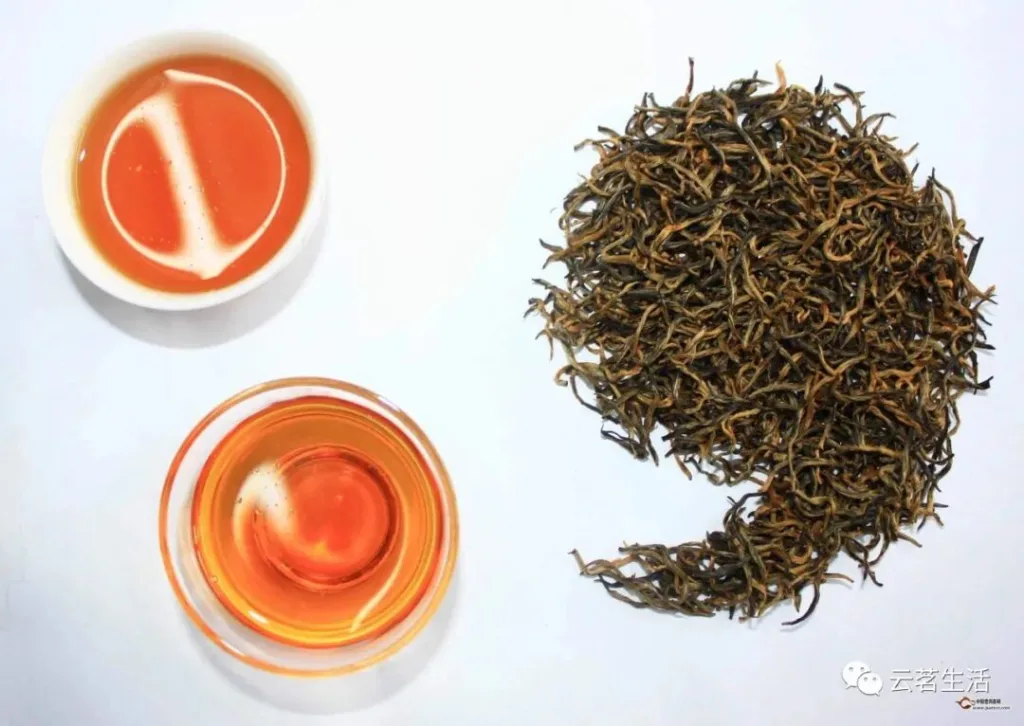
04 Tasting Tea Soup There is no supreme tea; what matters is whether it is pleasant to the taste. No matter what, our taste buds do not deceive us. Even the most expensive tea is meaningless if you do not enjoy drinking it. Conversely, even if a tea is inexpensive, as long as it does not harm the body and is enjoyable to drink, it can be considered a good tea. Taste When tea soup enters the mouth, high-quality tea will have a soft, smooth, silky, and rich texture. Sweet Aftertaste and Salivation Sweet aftertaste and salivation are sensations that are relatively easy to notice. Tea that provides these sensations is considered basic. Of course, if you encounter tea with particularly prominent sweet aftertaste and salivation, and the price is reasonable, tea enthusiasts should buy it promptly. Throat Feeling The throat feeling refers to the sensation as the tea soup passes through the throat, generally divided into sweet aftertaste, moist, refreshing, and throat-locking. Compared with sweet, moist, and refreshing sensations, throat-locking is not a very pleasant feeling, whereas smoothness is desirable. Of course, the smooth feeling fades quickly, so people tend to note down throat-locking sensations. A tea that is difficult to swallow is, in my opinion, not a very good tea. 05 Observing Tea Leaves Examining the tea leaves may not always indicate high quality, but if you can see many problems in the leaves, the tea is generally of lower quality. In general, high-quality tea is carefully harvested and processed, so issues are less likely to occur. Here, I will explain some common characteristics of inferior tea leaves. High-quality Pu-erh tea leaves are generally thick and feel soft and elastic to the touch. If they feel hard, the quality is relatively lower. Leaf uniformity reflects the harvesting standards; generally, poor uniformity indicates irregular processing or blended teas.
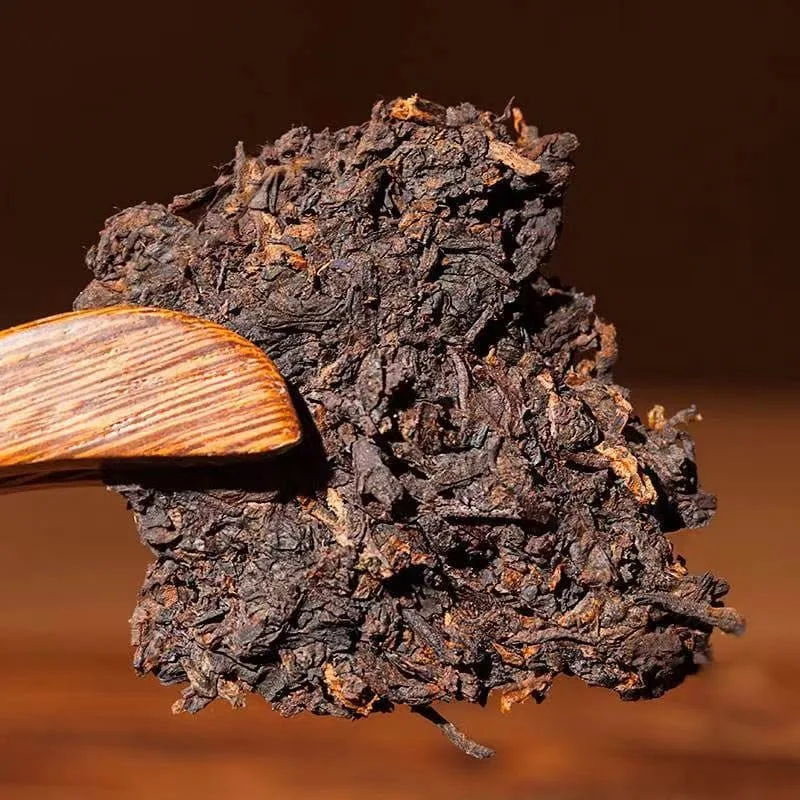
AYM Pu’er
Black Tea Puerh Tea is harvested directly from the source, supplied directly from the tea plant to Europe, simple, easy to store and easier to brew.Coffee lovers will love YM’s tea!




